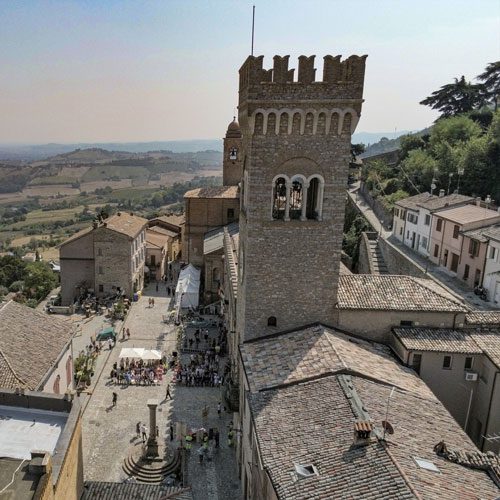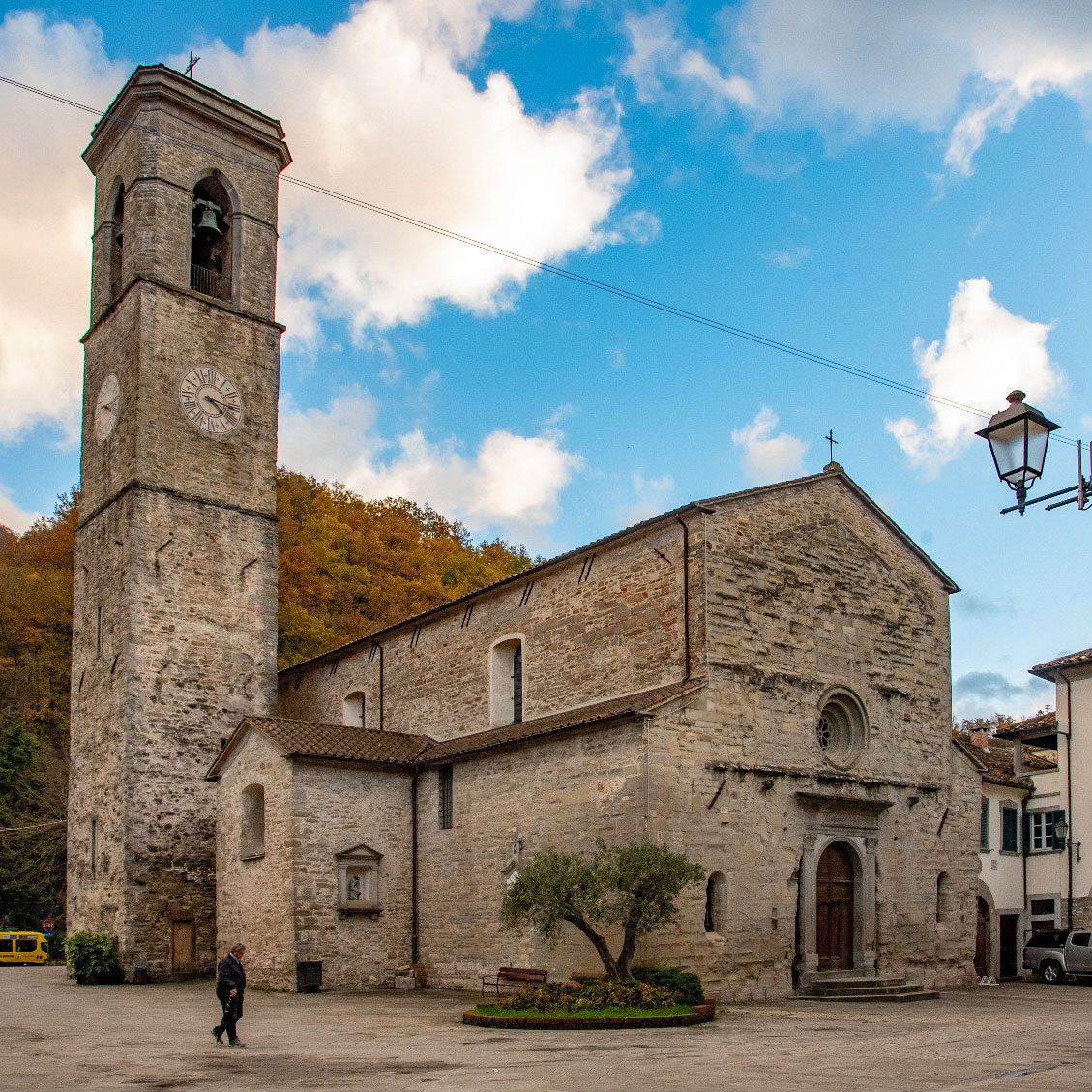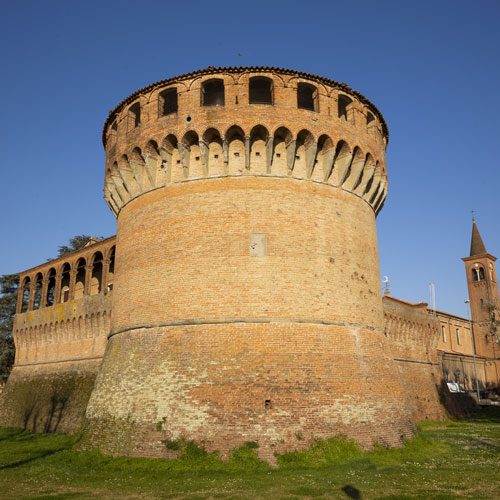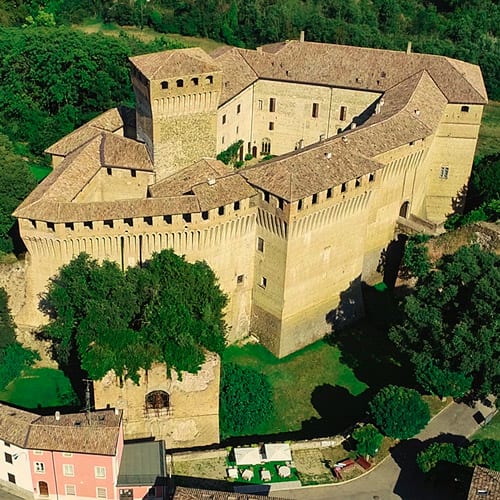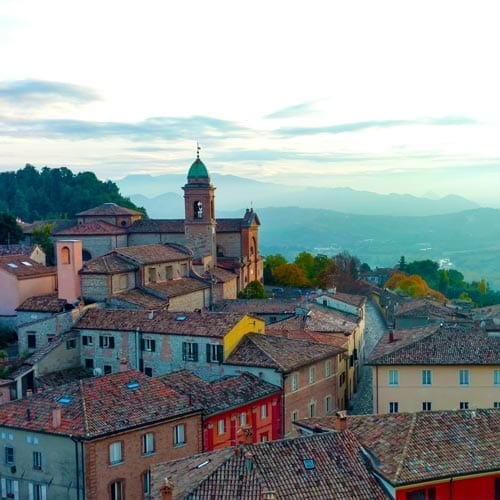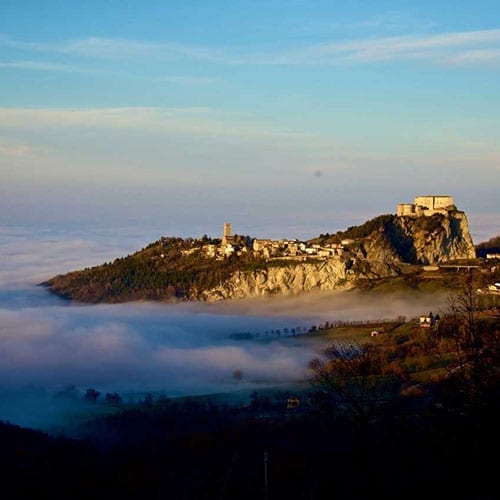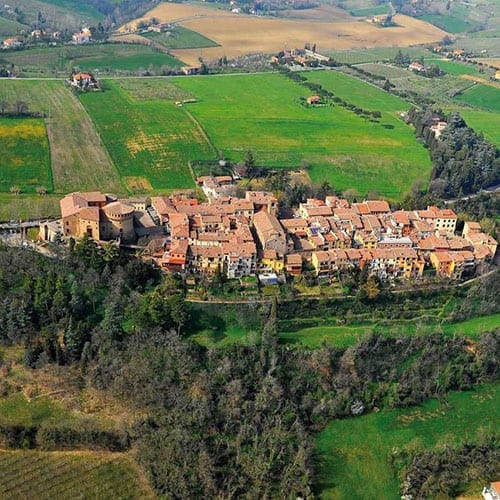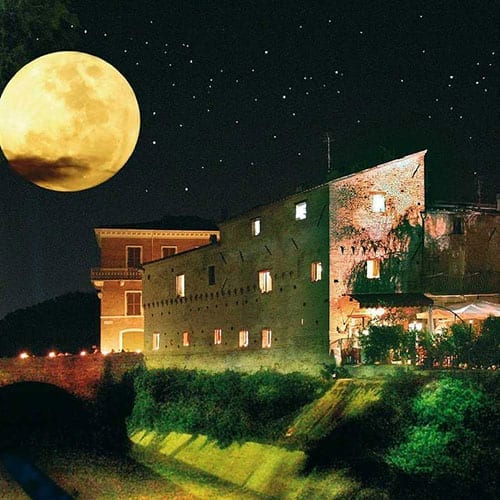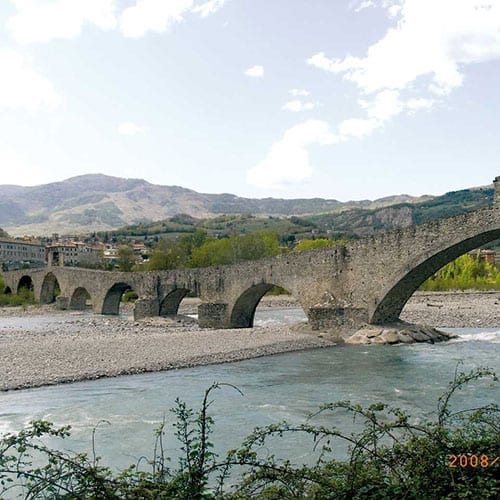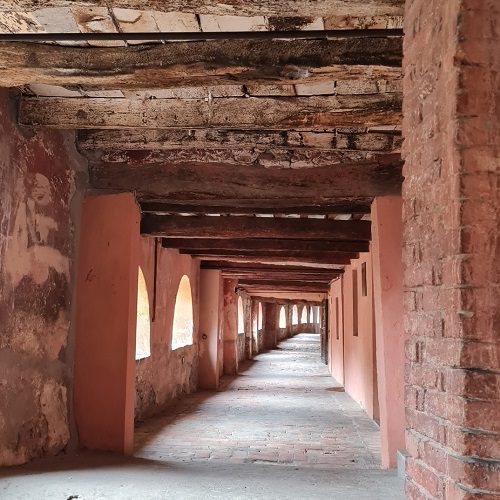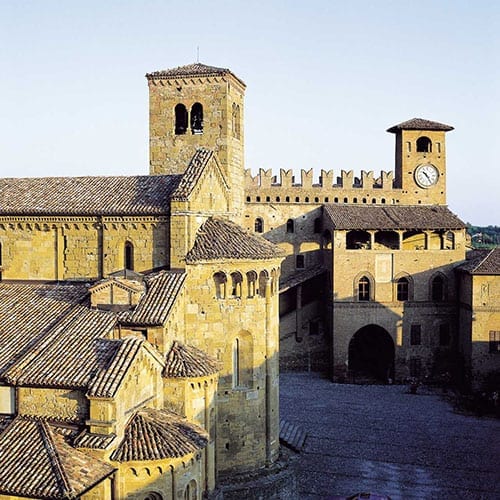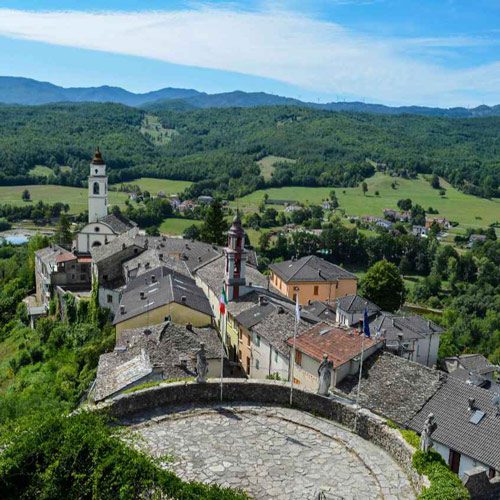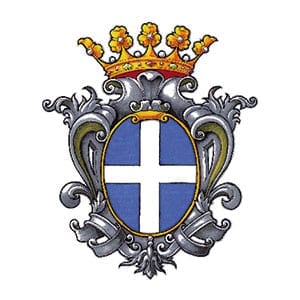 Gualtieri
Gualtieri
MUNICIPALITY OF GUALTIERI
(Reggio Emilia District)
Altitude
mt. 22 a.s.l.
POPULATION
6.700 (670 in the historical center)
TOURIST INFORMATION
Town hall, Culture office
Ph. 0522 221869
www.comune.gualtieri.re.it
 The name derives from Castrum Valterii and refers to the Lombard Gualtiero, sent by the King Agilulfo in 602 to conquer Mantua.
The name derives from Castrum Valterii and refers to the Lombard Gualtiero, sent by the King Agilulfo in 602 to conquer Mantua.
There is a landscape of water and land all around Gualtieri, one of the small capital cities of the Po Valley. Farmsteads, farmhouses, poplar trees, moats, bridges, canals, levees, roads, everything takes us back to water.
The Borgo rises on the right bank of the Po river and has one of the most beautiful squares in Italy, Piazza Bentivoglio. In the past it was a public square and at the same time the honor courtyard of the palace (now occupied by a large garden). The director of this urban jewel was prince Cornelio (followed by prince Ippolito) with the help of the famous engineer (and architect) Giovanni Battista Aleotti. The urban complex of Gualtieri was designed integrating the old borgo with the new elements. Palazzo Bentivoglio, wanted by prince Ippolito (son of Cornelio), was made by Aleotti at the same time as the square.
In 1600 also the church of Santa Maria della Neve was completed: the façade was designed by Aleotti, well integrated with the porticos of the square.
The civic tower (1599-1602) was reinforced in the 18th century.
Leaving the square, you will find two sacred buildings: the Oratory church of the Immaculate Conception overlooking a small square adjacent to via Vittorio Emanuele II, and the church of Sant’Andrea, which was documented for the first time in 1233. The church, rebuilt in 1713, has an interior colored with different shades of pink, blue and yellow.
In the nearby hamlet Pieve Saliceto, do not miss to visit the Annunciation of the Blessed Virgin (17th century), one of the most beautiful churches near the Po river.
The borgo produces an excellent wine. The local dishes are: broth with cappelletti, and tortelli with pumpkin.
Guarda tutti i video sulla pagina ufficiale Youtube de I Borghi più belli d’Italia.



